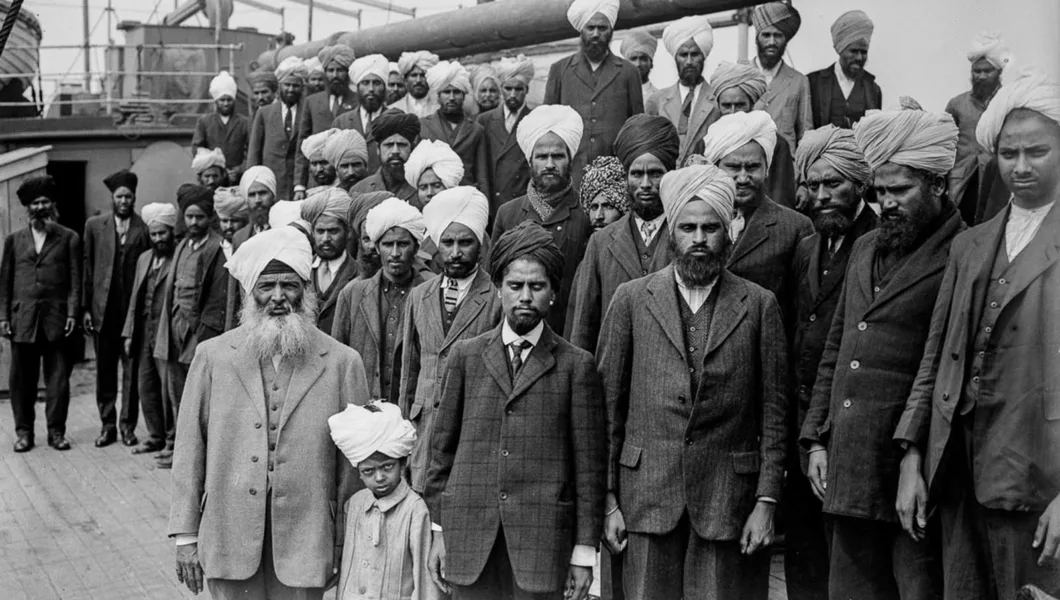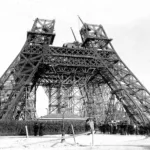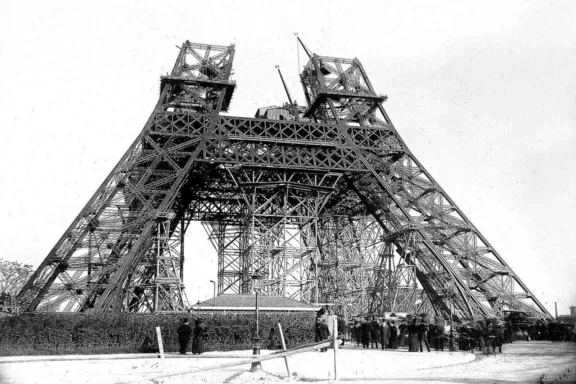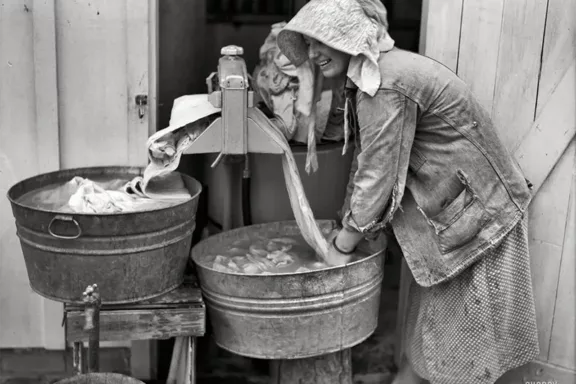
On May 23, 1914, the SS Komagata Maru, a steamship carrying 376 passengers mainly from Punjab, arrived on the west coast of Canada. Due to strict immigration laws aimed at limiting the entry of Indians, Canadian officials considered the passengers illegal immigrants. Consequently, the ship and its passengers were denied entry and detained in Vancouver Harbour for two months.
Eventually, the ship was forced to return to Calcutta, with only 340 passengers onboard. The ship’s doctor and his family were allowed to travel on another ship, while twenty passengers were granted entry into Canada as they were considered to be returning residents.
To understand this situation better, let’s delve into the context. In the early 1900s, Indian immigrants began arriving in British Columbia, seeking better opportunities. While some intended to earn money and return to India, others aimed to settle permanently in Canada. However, immigration laws at the time were stringent, particularly towards Asians. Despite the demand for cheap labor in resource industries, there was widespread prejudice against Asian immigrants, fueled by racist attitudes and actions such as the Vancouver Riot of 1907.
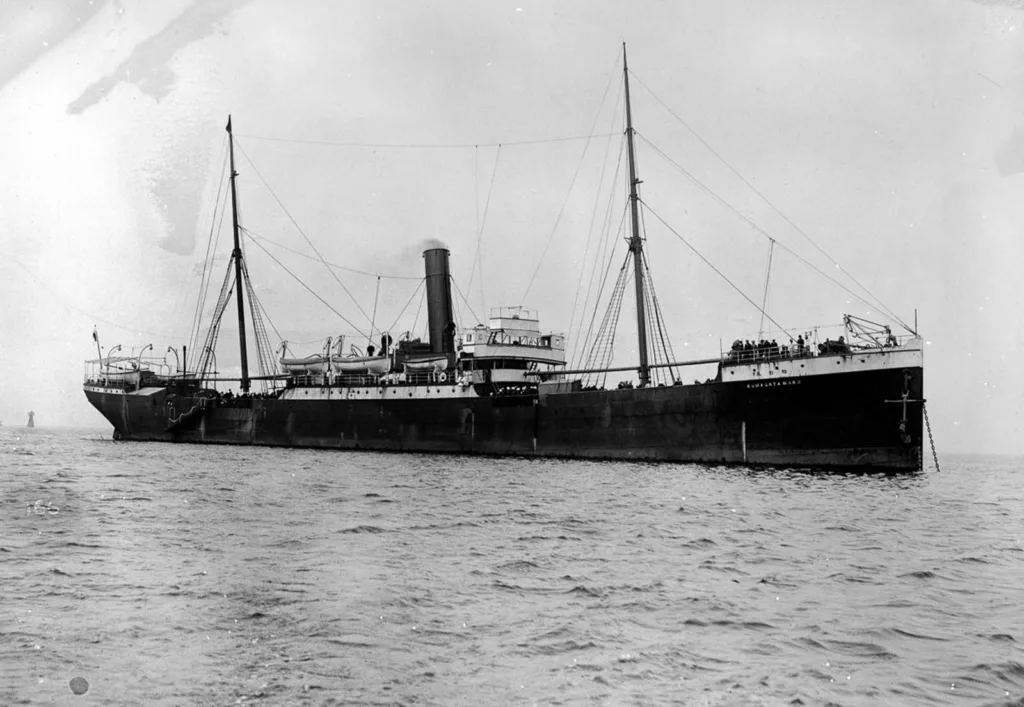
As British Empire members, Indians enjoyed the freedom to travel and dwell in any Empire nation, including Canada. However, the Canadian government was solely interested in luring white European immigrants. To keep Indians out of Canada, the government issued two orders-in-council in 1908.
One of them required Indian immigrants to start their voyage in India and go straight to Canada; however, the government discouraged all shipping firms from offering direct passage from India to Canada.
The other law mandated that every immigrant have $200. This was a large sum of money, which disqualified many potential immigrants. The two decrees in council essentially halted Indian immigration.
They also meant that Indian immigrants who were already in Canada could not bring their wives and children here. Despite protests to the government in Ottawa about the immense difficulty and suffering endured by these families, the laws remained unchanged.
Gurdit Singh, an Indian businessman, chose to fight Canadian legislation. He leased a ship in 1914 and traveled from Hong Kong to Vancouver with 375 other Indians.
The Komagata Mary landed at Vancouver on May 23, 1914. Immigration officers refused to allow the passengers leave the boat, which was supposed to anchor offshore. The passengers were held captives on the ship for two months while attorneys, lawmakers, and immigration authorities debated their case.
In the end, the government sent in a naval gunboat to compel the Komagata Maru to depart Canada. When the passengers returned to India, they were greeted by British police, who attempted to take them immediately to Punjab. A disturbance broke out, resulting in the deaths of twenty people, several injuries, and hundreds of arrests.

Some Indian immigrants formed associations to fight for their rights in response to Canada’s racist immigration rules and discriminatory treatment of them. There was a notion that the most serious difficulty they faced was British control in India.
The cause for Indian independence became stronger and was joined by Indians from all over the world. In 1947, India gained independence from Britain.
The same year, Canada granted Indo-Canadians the right to vote. In 1967, Canada made significant modifications to its immigration policy, and a fresh wave of Indian immigrants arrived.
In 1952, the Indian government established a memorial to the Komagata Maru martyrs in Budge Budge. Jawaharlal Nehru, India’s Prime Minister, inaugurated it. The monument, known locally as the Punjabi Monument, is designed as a kirpan (dagger) ascending to the sky.
On May 23, 2008, the Legislative Assembly of British Columbia overwhelmingly approved a resolution “that this Legislature apologizes for the events of May 23, 1914, when 376 passengers of the Komagata Maru, stationed off Vancouver harbor, were denied entry by Canada.”
The House deeply regrets that the passengers, who sought refuge in our country and our province, were turned away without benefit of the fair and impartial treatment befitting a society where people of all cultures are welcomed and accepted.”

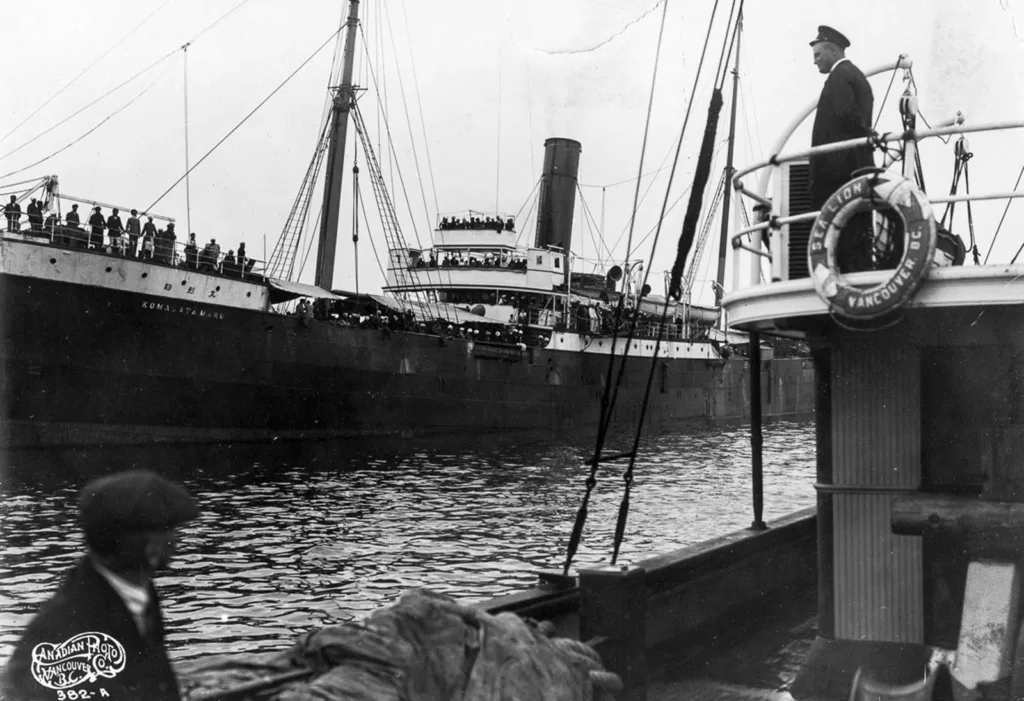


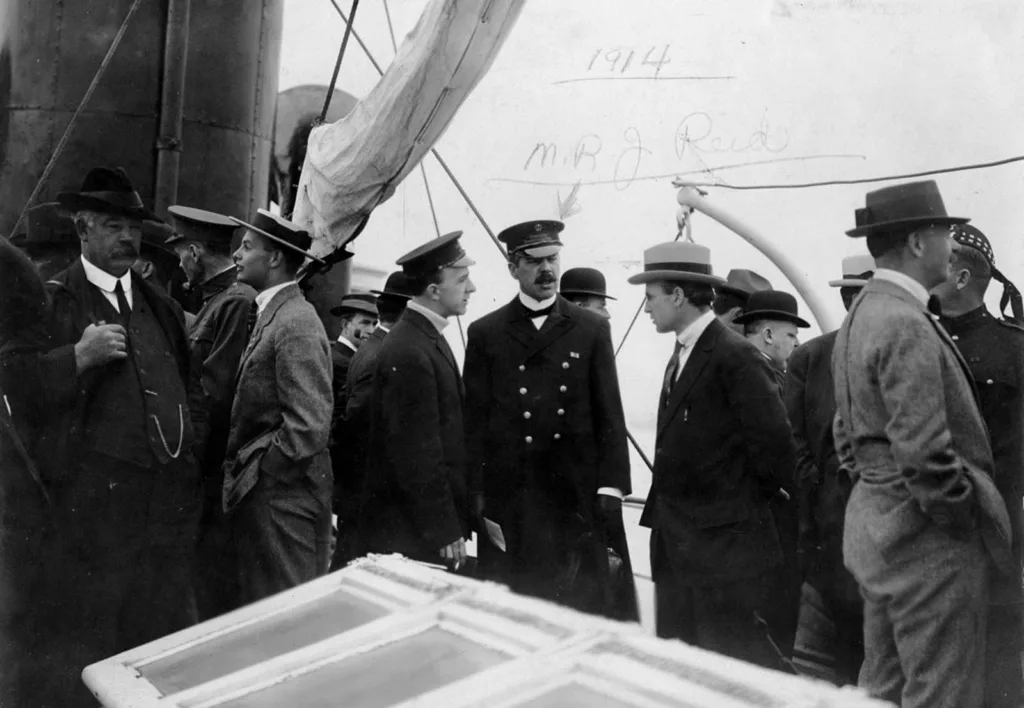


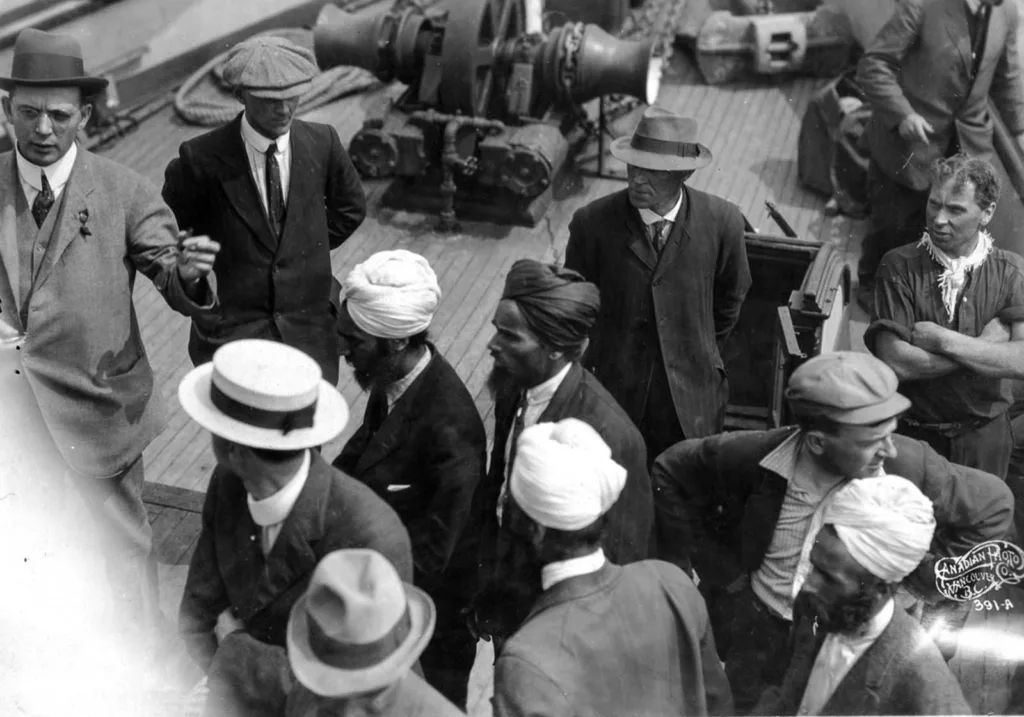

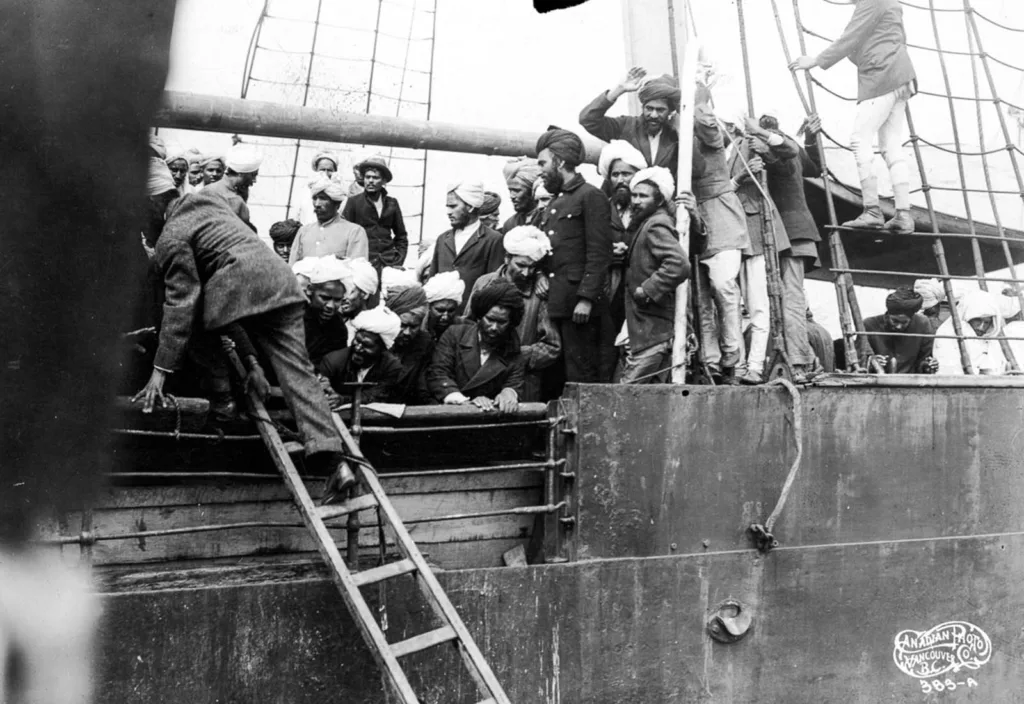
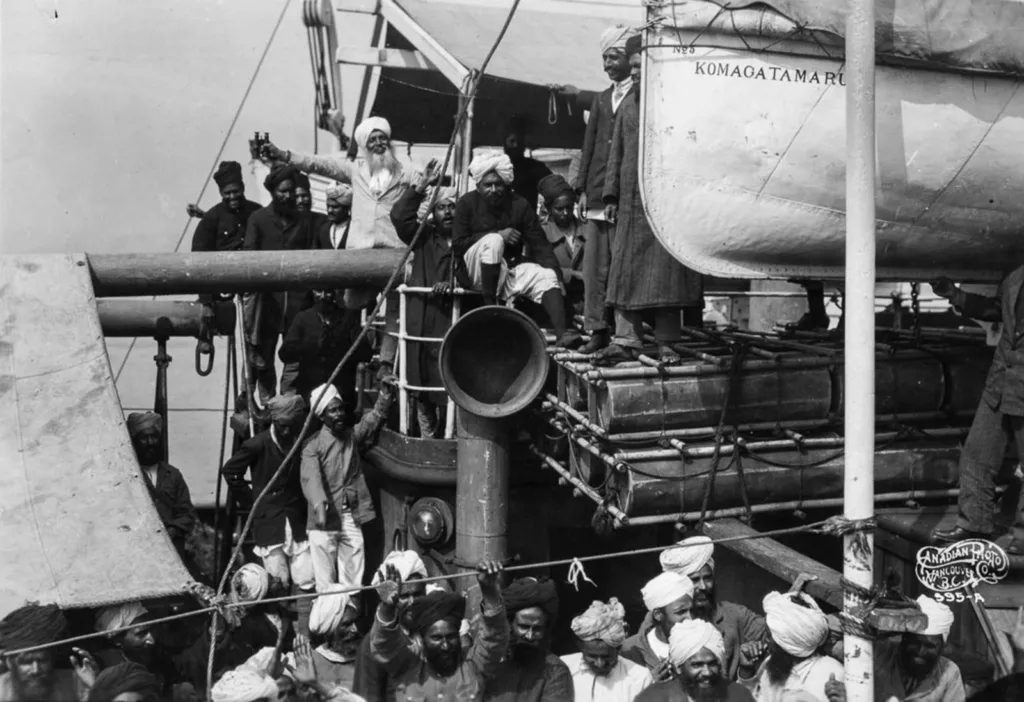
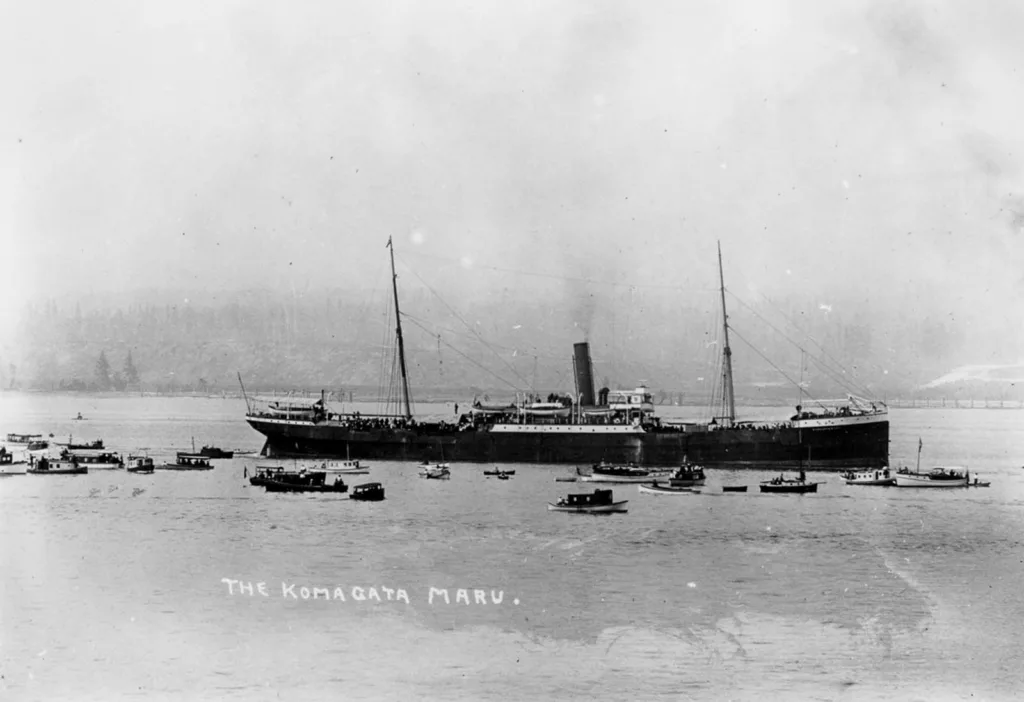
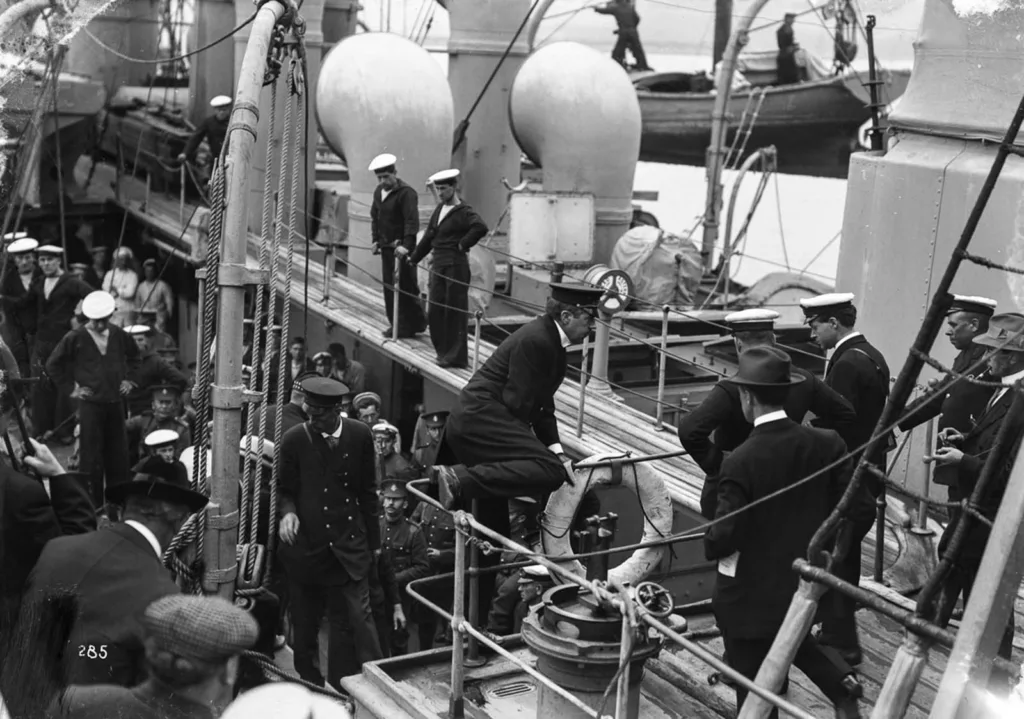
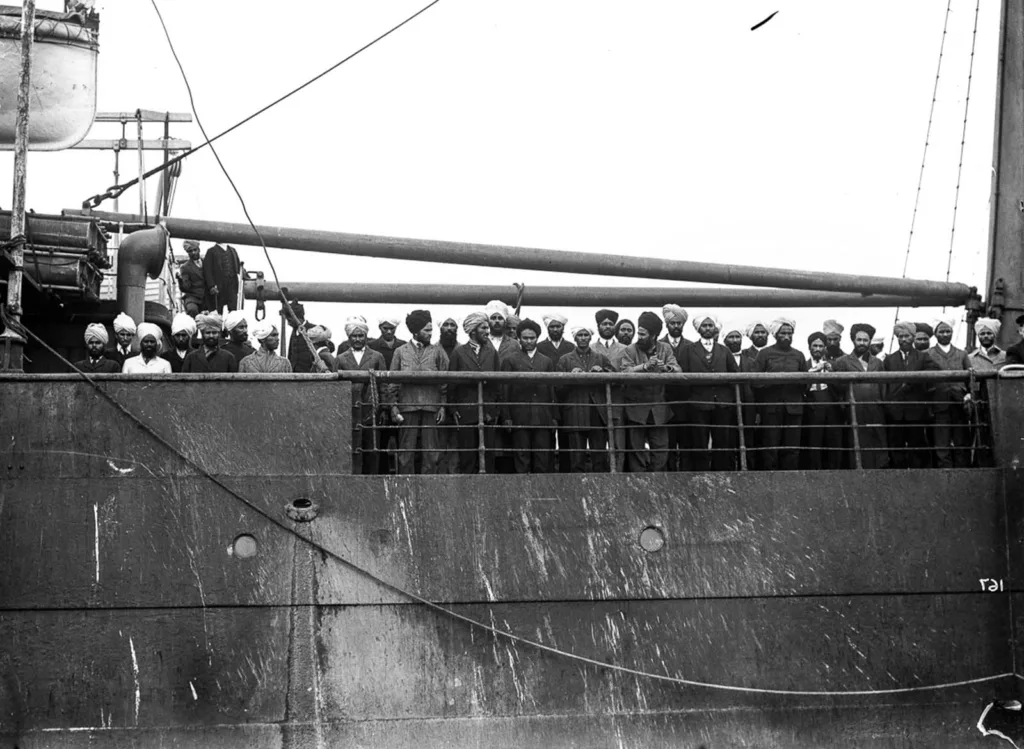


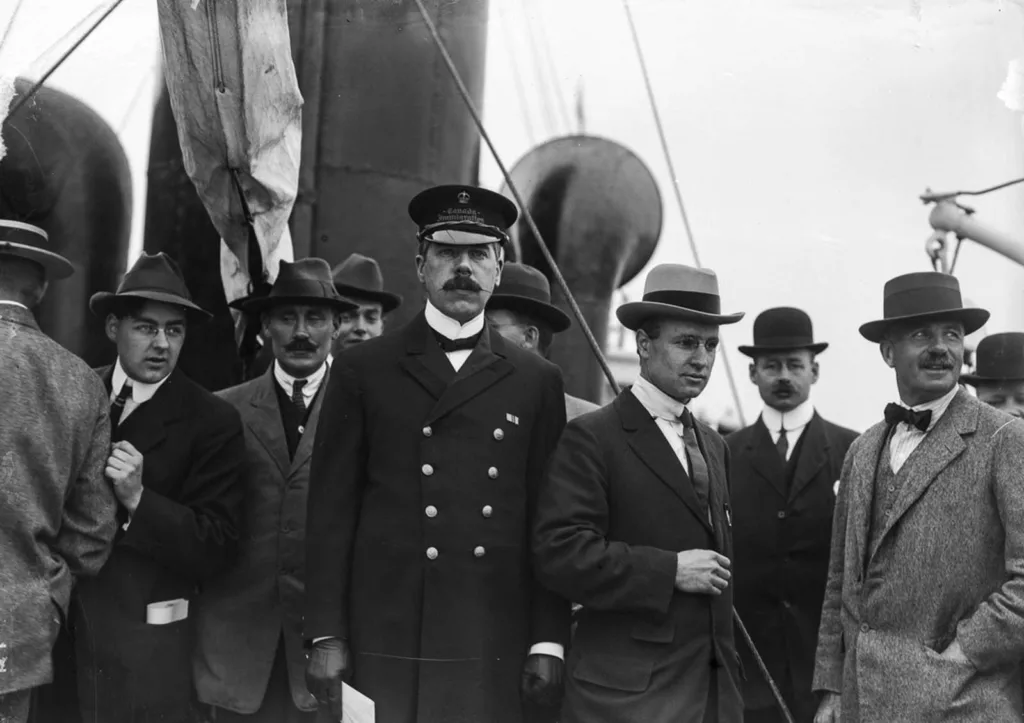
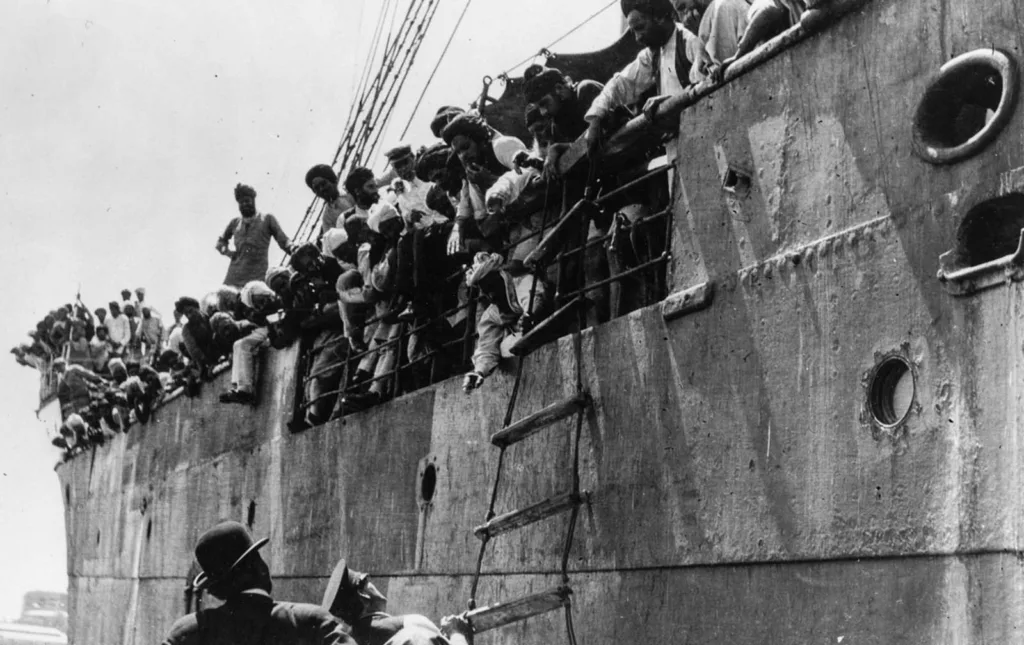

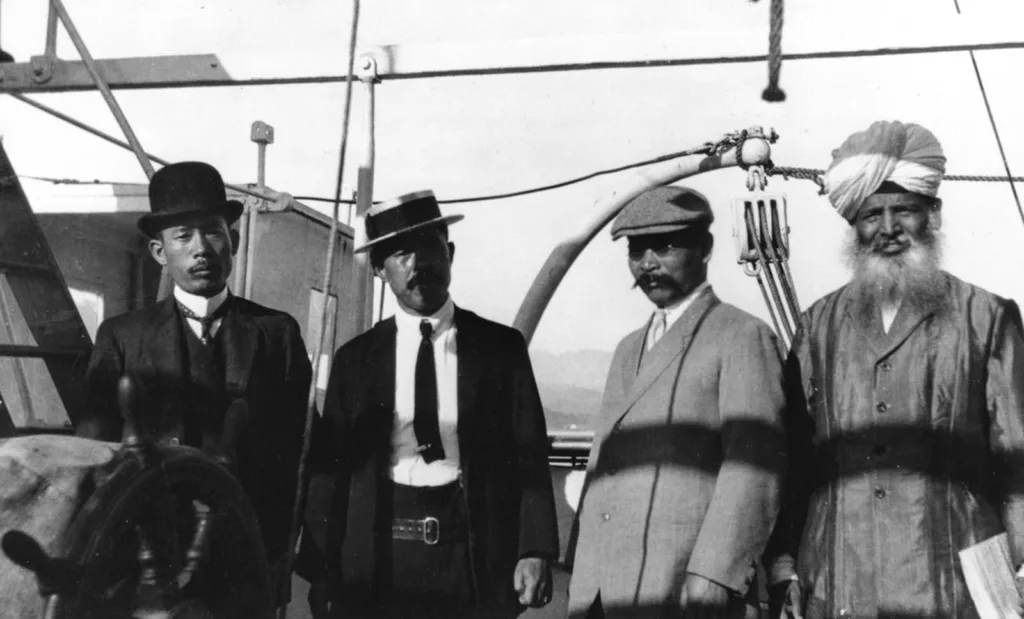
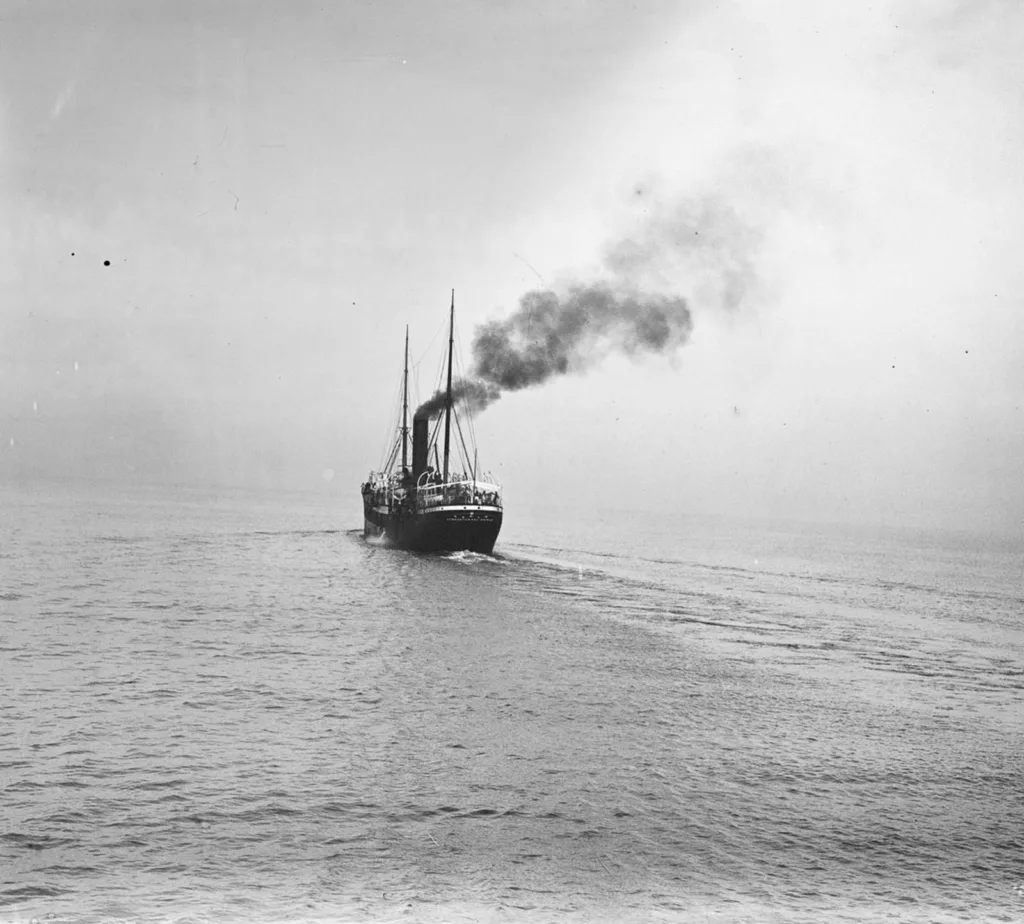
(Photo credit: Vancouver Public Library / Unmooring the Komagata Maru: Charting Colonial Trajectories / Righting Canada’s Wrongs: The Komagata Maru and Canada’s Anti-Indian Immigration Policies in the Twentieth Century).


